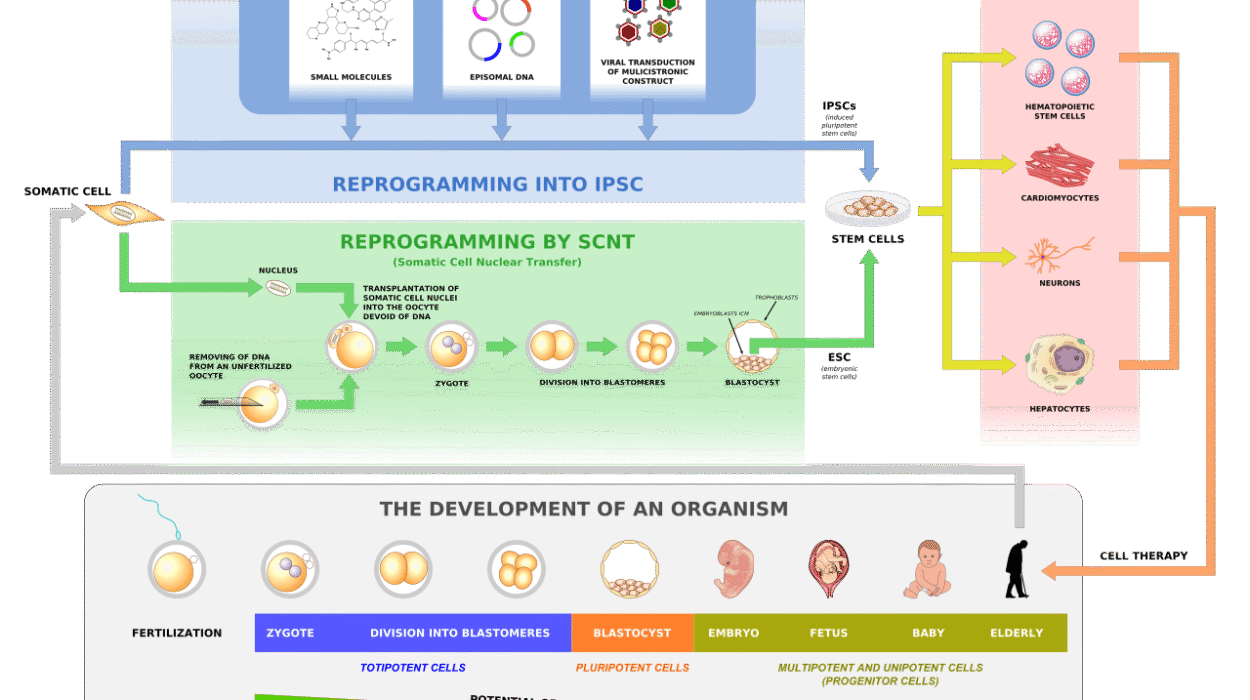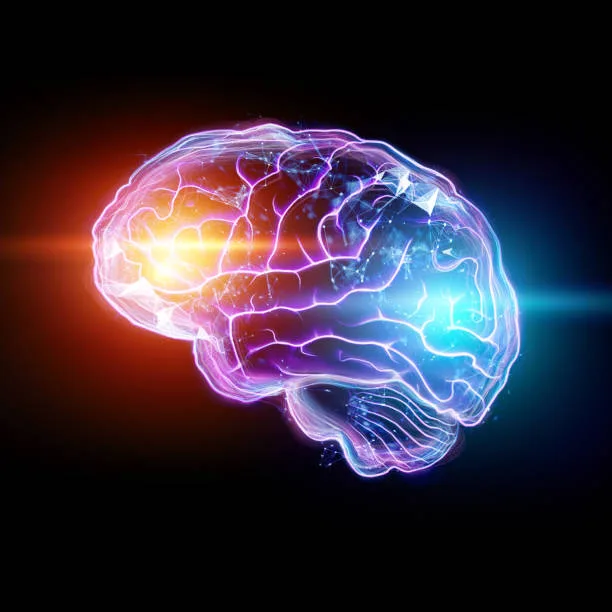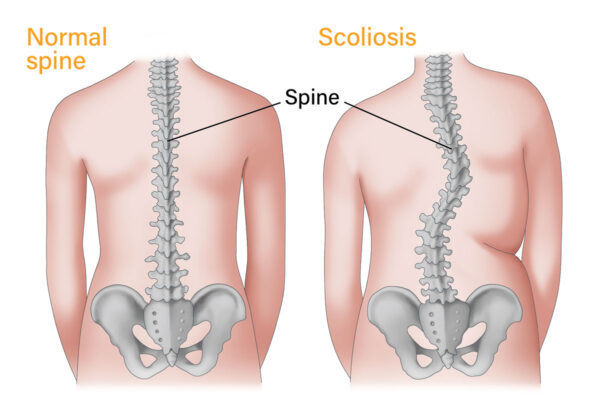For many women, menopause is synonymous with hot flashes, mood swings, and irregular periods. But while these immediate symptoms may steal the spotlight, menopause is much more than an occasional sweat-soaked night or an emotional outburst over an empty milk carton. This hormonal shift ushers in deep and lasting changes within the body—particularly to your bones, skin, and heart. These changes don’t always announce themselves loudly, but over time, they can dramatically shape your health, vitality, and sense of well-being.
Let’s explore what’s really happening beneath the surface during menopause. Why does your skin suddenly seem drier and thinner? Why do your bones grow more fragile? And how does the end of menstruation sneakily increase your risk for heart disease? This journey through the biology of menopause will give you a clearer picture of the changes at play—and help you take charge of your body’s evolving needs.
The Hormonal Engine at the Core of It All
To understand how menopause affects various body systems, we have to start at the source: estrogen. This powerhouse hormone is not only responsible for reproductive health but also acts as a guardian of many other tissues and organs. Estrogen influences everything from your collagen production to the flexibility of your arteries. It even has a hand in maintaining your bone density.
When estrogen levels begin to dip during perimenopause—the years leading up to menopause—those protective effects begin to fade. Menopause itself is defined as the point in time when a woman has gone 12 consecutive months without a menstrual period. It typically occurs between ages 45 and 55, although the exact timing varies.
As estrogen production slows and eventually plateaus, the body enters a new era. And while every woman’s experience of menopause is unique, the biological processes at play are universal. Let’s dive deeper into how this hormonal shift influences your bones, skin, and heart.
Your Bones: The Silent Disintegration
If bones could speak, they’d probably start voicing complaints right around the time menopause hits. Unlike a rash or headache, bone loss doesn’t announce itself with a bang. It’s quiet, slow, and accumulates over years. But when the consequences do appear—like a fracture from a minor fall—they can be life-changing.
Estrogen plays a vital role in maintaining bone remodeling—a constant process in which old bone tissue is broken down and replaced with new tissue. This cycle keeps your skeleton strong and adaptable. However, when estrogen levels fall, this process becomes unbalanced. Bone breakdown outpaces bone formation, and the density of your bones begins to decline.
This phenomenon isn’t just theoretical. Studies show that women can lose up to 20% of their bone density in the five to seven years following menopause. That’s a sharp and significant drop, and it puts women at a much higher risk for osteoporosis—a condition characterized by brittle, porous bones.
This loss of density often starts in the spine and hips, which is why spinal fractures and hip breaks are so common in postmenopausal women. These injuries are not just painful; they can also significantly reduce mobility and independence. In fact, hip fractures in older women are associated with an increased risk of death within the year following the injury.
But why does this happen so rapidly after menopause? One answer lies in the complex balance of bone cells. Estrogen keeps osteoclasts—the cells that break down bone—in check. Without estrogen, osteoclast activity runs wild, chewing through bone faster than osteoblasts (the bone-building cells) can keep up.
Some women may also face compounded risks if they’ve had early menopause (before age 45), have a smaller frame, or have lifestyle factors like smoking, poor nutrition, or low physical activity levels. Genetics, too, plays a part—if your mother or grandmother had osteoporosis, your chances are higher.
The good news? You’re not powerless. Bone loss can be managed—and even partly reversed—with the right combination of lifestyle changes, supplements, and sometimes medications. But that’s only possible if you know the risk is there. Awareness is your first shield.
Your Skin: The Elastic Tapestry Under Threat
Look in the mirror, and you might notice something subtle changing in your skin: more fine lines, a loss of that youthful “bounce,” or a complexion that feels drier than it used to. These signs are not just cosmetic annoyances—they’re reflections of deeper hormonal changes that impact your skin’s structure and resilience.
Estrogen has a profound effect on skin health. It stimulates collagen production, promotes skin thickness, and helps maintain hydration by encouraging the skin to produce natural oils and retain moisture. It also boosts blood flow to the skin, which keeps your complexion glowing and nourished.
As menopause sets in and estrogen wanes, the skin begins to lose its structural integrity. Collagen levels can drop by as much as 30% in the first five years after menopause, leading to a thinner dermal layer. This thinning reduces the skin’s strength and elasticity, making it more prone to wrinkles and sagging.
The moisture barrier also suffers. Without estrogen’s influence, the skin struggles to hold onto water, leading to chronic dryness. You might find that your tried-and-true moisturizers no longer cut it. Your skin may feel tight, itchy, or more sensitive to irritants.
Another lesser-known issue? Slower wound healing. Estrogen encourages cell turnover and repair, so its decline means that cuts, bruises, or skin irritation may take longer to resolve. Some women also notice a worsening of conditions like rosacea or adult acne during perimenopause, driven in part by shifting ratios of estrogen and testosterone.
Even hair is affected. The hormonal shift can lead to hair thinning on the scalp while increasing facial hair growth—an unwelcome side effect for many women.
These changes can feel like an unwelcome transformation, especially when they seem to accelerate rapidly. But they don’t have to feel like a loss of control. Skincare tailored to mature skin, hormone therapy, and lifestyle adjustments can dramatically improve your skin’s appearance and resilience. It’s not about chasing youth—it’s about supporting your skin through the changes it’s experiencing.
Your Heart: The Hidden Vulnerability
While the changes to your bones and skin might be visible or tangible, what happens to your heart during menopause is more insidious—and far more dangerous.
For decades, estrogen has been your heart’s silent protector. It helps maintain the flexibility of your blood vessels, regulates cholesterol levels, and reduces inflammation in your circulatory system. But as estrogen levels drop, that protection erodes. And it does so quietly.
This hormonal change marks a tipping point in a woman’s cardiovascular risk. Prior to menopause, women generally have a lower risk of heart disease than men of the same age. But after menopause, the scales begin to tip. Postmenopausal women are just as likely—if not more likely—to develop heart disease, high blood pressure, and stroke.
One key factor is the shift in cholesterol balance. Estrogen helps raise HDL (the “good” cholesterol) and keep LDL (the “bad” cholesterol) in check. Without that influence, LDL levels may rise while HDL levels fall. The result? A dangerous mix that promotes the buildup of plaque in the arteries, known as atherosclerosis.
Estrogen also has a dilating effect on blood vessels, helping them stay flexible and responsive to changes in blood flow. With its decline, arteries may stiffen, and blood pressure can increase. Over time, these effects can lead to higher risks for heart attacks and strokes.
Many women also experience weight gain during menopause, particularly around the abdomen—a pattern associated with a higher risk of metabolic syndrome and insulin resistance. These are not vanity issues. They’re deeply tied to heart health.
The American Heart Association warns that heart disease is the leading cause of death for women, and yet many women underestimate their risk. The symptoms of a heart attack in women are also often more subtle than in men, leading to delayed diagnosis and treatment.
Menopause does not cause heart disease—but it unmasks vulnerabilities that may have been simmering for years. It’s a wake-up call to take your heart health seriously. Regular screenings, dietary changes, physical activity, stress management, and, in some cases, medication or hormone therapy, can go a long way in protecting your heart during this life transition.
Menopause Is Inevitable, But Suffering Isn’t
Here’s the truth many women don’t hear often enough: menopause is not a disease. It’s not a failure of the body or a tragic descent into aging. It is a natural phase of life—a biological transition that every woman will experience, if she lives long enough.
But that doesn’t mean it should be dismissed or endured in silence. The effects on your bones, skin, and heart are real. They are scientifically documented, and they deserve attention—not only from women themselves but from doctors, researchers, and society as a whole.
Yet for too long, menopause has been cloaked in stigma, brushed aside as a personal problem rather than a public health concern. Women are expected to “just deal with it” rather than be given the resources, information, and support they need. That narrative needs to change.
Fortunately, we’re living in a time of growing awareness. Research into women’s health after midlife is expanding. More healthcare providers are specializing in menopause care. And more women are speaking up, sharing their experiences, and demanding answers.
There’s power in that. Knowledge is power. And knowing how menopause impacts your bones, skin, and heart gives you the tools to intervene, protect, and thrive.
Reclaiming Health: Strategies for Support and Renewal
Your body may be changing, but your agency remains intact. If you’re in or approaching menopause, now is the time to recalibrate your health routines—not out of fear, but from a place of empowerment.
Support your bones with weight-bearing exercise, calcium-rich foods, and vitamin D. If needed, consider bone density testing and explore treatments that can prevent fractures and improve bone strength.
Nurture your skin by adopting a more targeted skincare routine that focuses on hydration, sun protection, and collagen support. Retinoids, hyaluronic acid, and ceramides can work wonders. Don’t underestimate the benefits of sleep, stress management, and good nutrition either.
Protect your heart by getting regular checkups, monitoring your cholesterol and blood pressure, staying physically active, and eating a diet rich in fiber, omega-3s, and antioxidants. Keep an eye on your weight, especially around the midsection, and don’t hesitate to ask your doctor about heart screening tools specific to women.
And most importantly: don’t go it alone. Whether through therapy, support groups, or open conversations with friends and family, sharing your journey can make the transition less isolating and more empowering.
Menopause Isn’t an Ending—It’s a Transformation
The narrative around menopause is changing, and it needs to. No longer should it be viewed as a decline, but as a transformation—a powerful shift into a new stage of womanhood. Yes, it comes with challenges. Yes, it asks you to listen more closely to your body, to take care of it in new ways. But it also offers clarity, confidence, and resilience.
The changes to your bones, skin, and heart are real. But they’re not irreversible, and they don’t have to define your life post-menopause. With the right information, support, and mindset, this phase can be one of the healthiest, most empowered chapters of your life.
You are not losing your youth—you are gaining your freedom. And with knowledge as your ally, you can step boldly into your next chapter, strong in your bones, radiant in your skin, and fierce in your heart.






